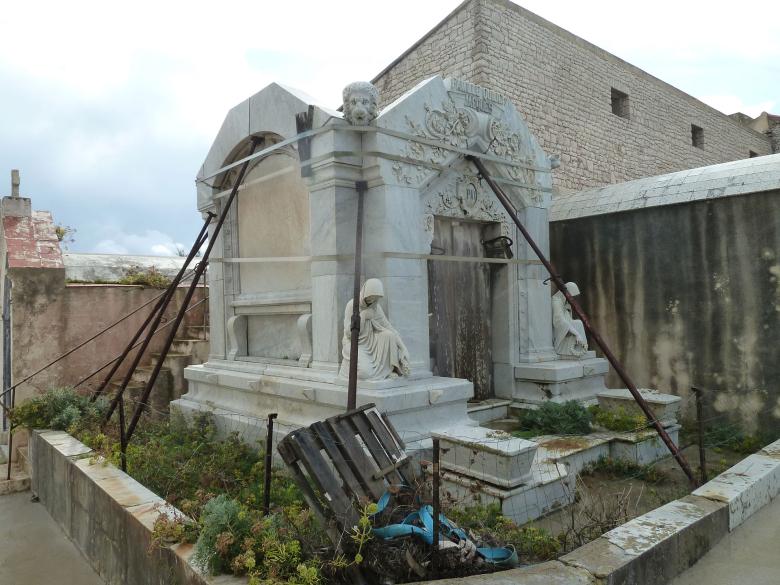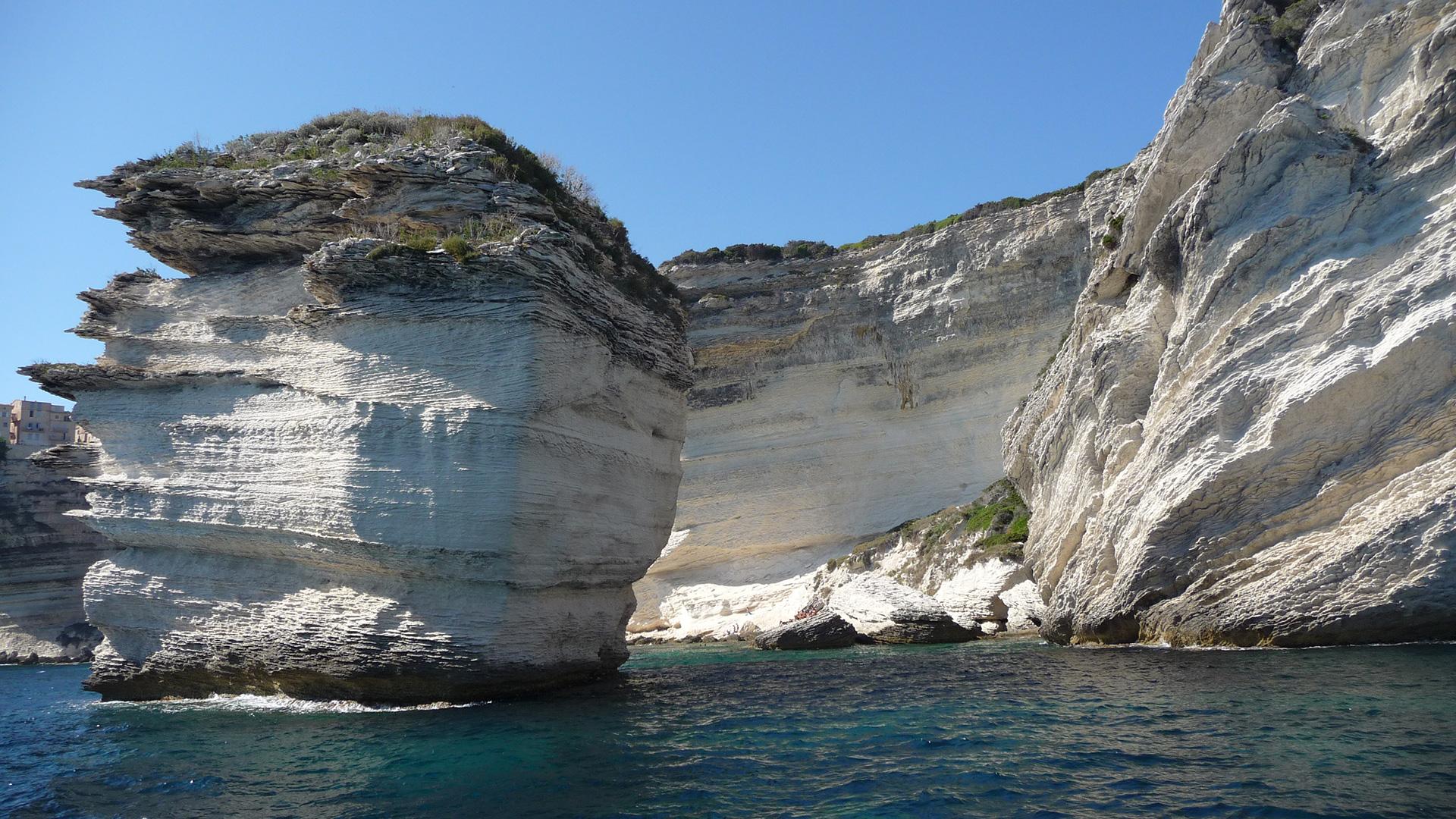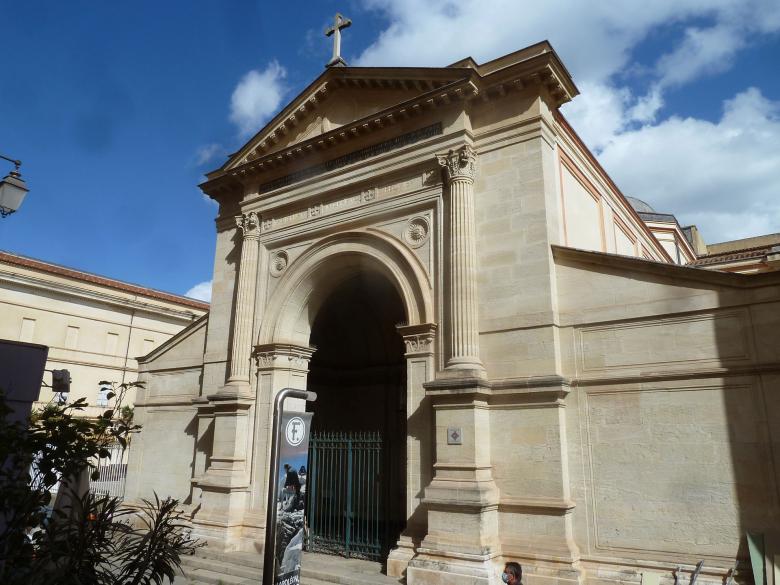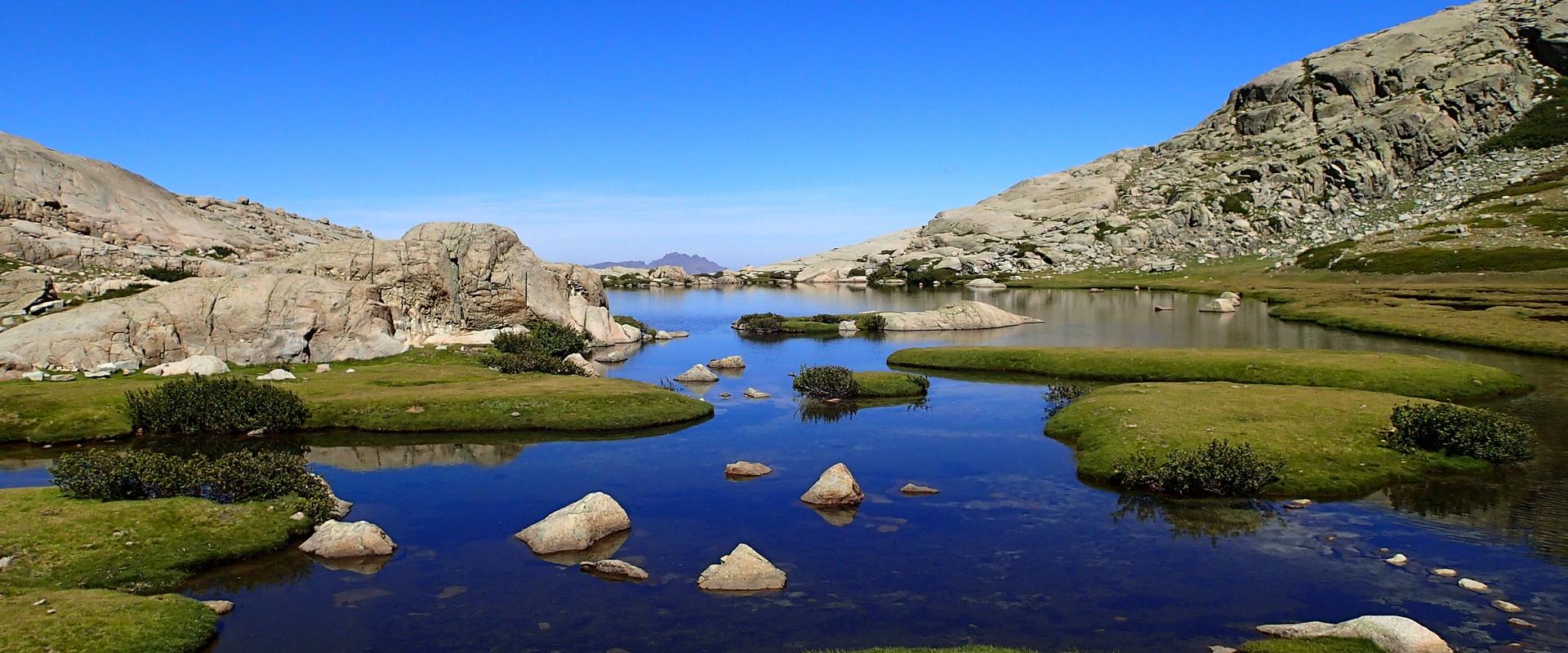
Quilici Tomb in the Bonifacio coastal cemetery, made entirely of marble from Carrara, Italy, 2022
© BRGM - D. Dessandier
The need
Data on the stone used in French monuments (and their source quarries) remain fragmented even though they would be useful for historians and archaeologists in their dating and interpretative work and for professionals seeking “new” stone for restoration projects.
In this context, the Corsican DRAC asked BRGM to catalogue and identify the different types of construction and decorative stone implemented in six Corsican funerary monuments of various sizes, which were poorly documented but all remarkable in different ways:
- the Benedetti Tomb in Bastia;
- the Rivarola Tomb in Oletta;
- the Imperial Chapel and the Colonna d’Istria Tomb in Ajaccio;
- the Casanova d'Aracciani Chapel in Sartène; and
- the Quilici Tomb in the Bonifacio coastal cemetery.

We wanted to improve our knowledge through a scientific study on the sources of the stone materials used to build several historical monuments. BRGM successfully harnessed its expertise to address our specific problem using the documentation that we shared. The outcome of this work was a catalogue of stone types, which can be used as a decision-making tool to guide future restoration options and help conserve our heritage for future generations.

Imperial Chapel in Ajaccio, mostly built in “molasse” stone from Saint-Florent dating back to the Burdigalian Stage, 2022
© BRGM - D. Dessandier
Results
Following a document and archival research stage, each of the monuments selected was thoroughly inspected and visually assessed to identify and list the various types of constituent stone, and describe their macroscopic features. Geological field checks were then conducted, supporting photographs were taken, and representative samples were collected. A mineral, chemical and petrographic characterisation of the samples collected from the monuments and during the field checks was carried out in BRGM’s laboratories in order to compare the two groups of samples.
In many cases, it was possible to identify former extractive areas, and even the potential source quarries for some of the stone materials collected from the monuments. The study of the six funerary monuments revealed that about twenty different stone types had been used, including:
- two typically Corsican stones: “Saint-Florent stone” (a yellowish-beige molasse stone that used to be extracted in the Saint-Florent commune) and “Brando stone” (a whitish marmoreal limestone with greenish schist interlayers, extracted until recently in Brando);
- various marbles (in the broad sense) used for church decoration and furniture: white to light grey marbles from Carrara, Italy, green marble (ophicalcite) from Bévinco, Biguglia, Corsica, red marble (ophicalcite) from Levanto, Italy, and black marble from Belgium; and
- many types of locally sourced construction stone (from quarries near or even under the monuments): compact (greyish to yellowish) limestone, grey-green shale (used on top parts) and various types of light grey (beige to pinkish) granite.
Using the results
The results were compiled in a report richly illustrated with photos and maps that lists and describes the different types of stone implemented in the six remarkable funerary monuments of interest. The work thus provided the Corsican DRAC with valuable information for analysis and interpretation of each monument, which can also be used during restoration work, for example.
Partners
- Corsican Regional Directorate for Cultural Affairs (DRAC)





